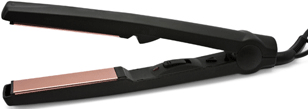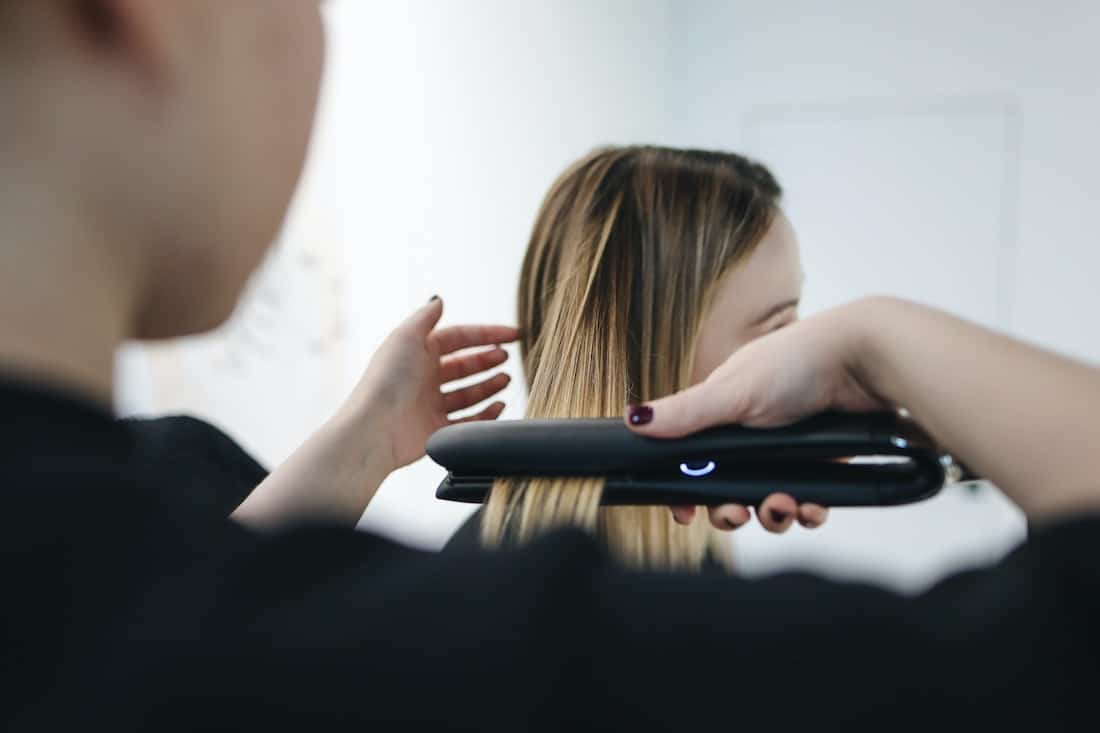HOW DOES IT WORK?
Thermo-mechanical action, reversible with humidity
Both processes act on the flexible hydrogen and salt bonds in keratin. But because these bonds are hydrophobic (they don't like water), they immediately revert to their natural form as soon as the hair is wet again.
Blow-drying
The action of the hot dryer and the traction exerted by the brush stretch the keratin chains and reorganise them differently, forcing the hair to take on a temporary smooth structure. Temporary, because it will be destroyed by humidity, perspiration, rain, shampoos...
The straightening iron
On dry hair, this is the other way of temporarily smoothing the keratin. Here, the heat of the plates absorbs the hair's moisture, closing the scales of the cuticle (which makes the hair shiny) and acting on the hydrogen and salt bonds of the cortex, forcing them to follow the straightening or curl you want to give each strand.
CLAUDERER'S OPINION
Blow-drying
This is the least aggressive of all smoothing techniques, as it requires no external chemical additives. Two tips, however:
- Do not overheat the dryer to avoid damaging the cuticle.
- Don't pull too hard with the brush to avoid damaging the roots (if you tend to lose your hair).
The straightening iron

Used too regularly, it can put the hair in serious distress, severely damaging the cuticle (or even destroying it altogether), causing breakage and a profusion of split ends in the cortex. Some women even use it several times a week!
Eventually, hair that is too damaged to react to the heat of the plates will become dull and impossible to straighten, as no thermal protector - spray, gel or cream - is sufficiently insulating to protect its keratin. So use in moderation.

